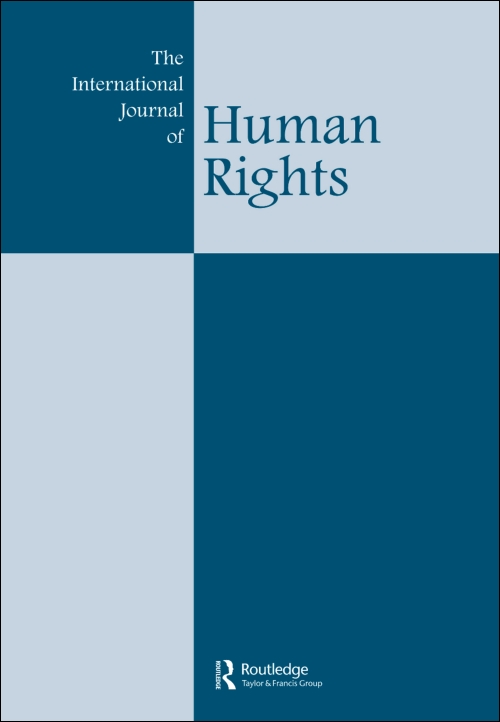pp. 25
ABSTRACT
Analysing the jurisprudence of the Inter-American Court of Human Rights highlights major problems of access to justice in rural Latin America. A majority of the cases ruled on by the Inter-American Court since its inception in 1979 concern violations of human rights in major urban centres. This despite the fact that the worst human rights violations committed in Latin America in recent decades have targeted rural populations. Under specific historical conditions, some rural victims and their advocates have successfully brought their cases to the Inter-American Court. Notably, most of the Colombian cases adjudicated by the court have concerned events in rural conflict zones. In the case of Peru, the focus has been almost exclusively on events in the capital city, Lima. The stark contrast between Colombia and Peru points to a broader trend. Further research must be carried out to determine why, how and with what effect the rural victims of state-sponsored violence have sought international justice remedies, where these efforts have succeeded, and where they have foundered. Human rights mobilisation at the local level determines where Inter-American Court cases originate. This article considers the geographic distribution of cases brought before the Inter-American Court of Human Rights as a function of the strength of advocacy networks connecting rural and urban areas, and beyond, in relation to Latin American histories of dictatorship, counterinsurgency, and the evolution of the inter-American human rights system itself.
Publication Type
- Article



